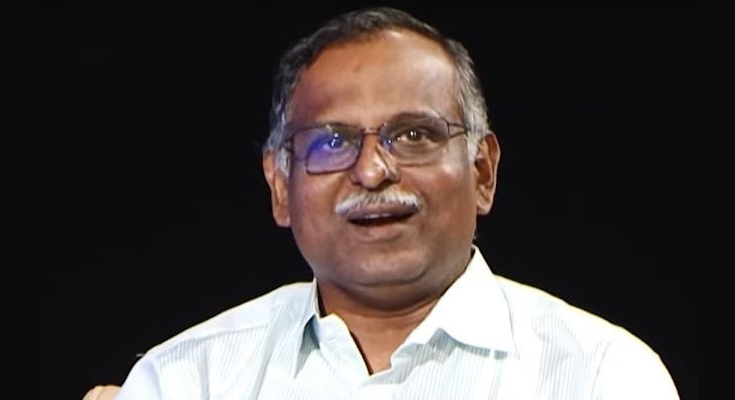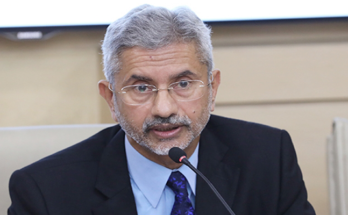New Delhi: Dr. V. Narayanan, a distinguished aerospace engineer and expert in rocket propulsion, has been appointed as the next chairman of the Indian Space Research Organisation (ISRO). The Indian government made the announcement on Tuesday, confirming that Dr. Narayanan will take on the role, succeeding S. Somanath, on January 14.
The Appointments Committee of the Cabinet issued a notification stating that Dr. Narayanan will also serve as the Secretary of the Department of Space. His tenure is set for two years.
Currently, Dr. Narayanan serves as the head of the Liquid Propulsion Systems Centre (LPSC) in Valiamala. In this capacity, he has led significant advancements in liquid, semi-cryogenic, and cryogenic propulsion systems for launch vehicles, as well as propulsion technologies for satellites. His expertise extends to control systems for launch vehicles and health monitoring technologies for space systems. Under his leadership, LPSC has become a pivotal institution in space propulsion development.
Dr. Narayanan is also the chairman of the Project Management Council for the Space Transportation System (PMC-STS), which oversees ISRO’s launch vehicle projects. Furthermore, he heads the National Level Human Rated Certification Board (HRCB) for the Gaganyaan mission, India’s ambitious human spaceflight initiative.
Born in Melakattu village, near Nagercoil in Tamil Nadu’s Kanyakumari District, Dr. Narayanan’s educational journey has been marked by excellence. He earned the First Rank in his Diploma in Mechanical Engineering and went on to achieve Associate Membership in Mechanical Engineering from the Institution of Engineers (AMIE).
Dr. Narayanan pursued a Master of Technology in Cryogenic Engineering at IIT Kharagpur, where he graduated with a Silver Medal and First Rank. He further solidified his expertise with a Ph.D. in Aerospace Engineering.
With a career that has significantly shaped India’s space exploration capabilities, Dr. Narayanan’s appointment signals a new chapter for ISRO as it continues to push the boundaries of space technology.




